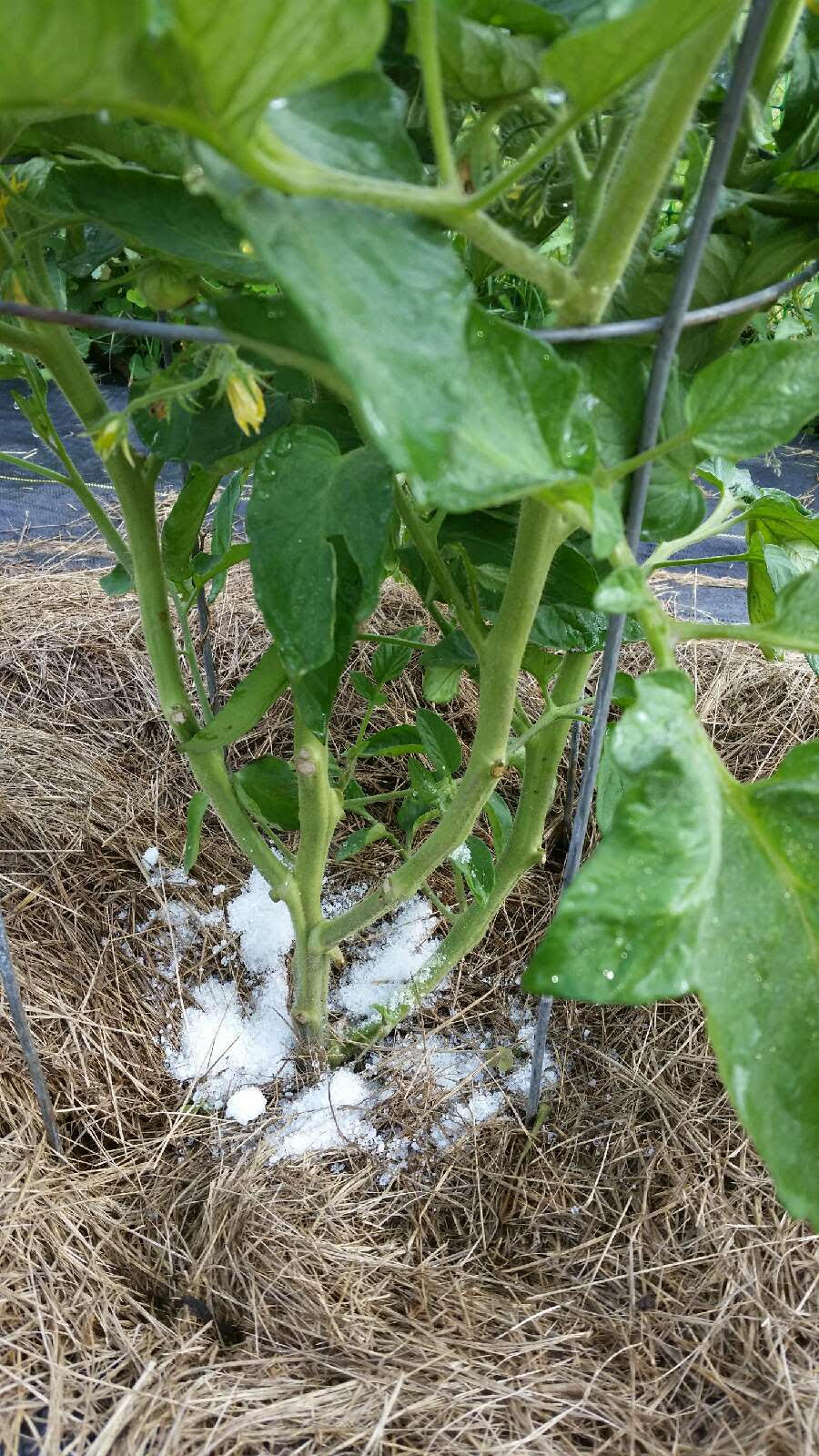Explore Why Some Plants Deny Epsom Salt as a Nutrient Source
In the elaborate world of plant nourishment, the denial of Epsom salt as a feasible nutrient resource by some plants poses a fascinating quandary. In spite of its abundant magnesium and sulfur material, specific plant types seem to reject this conveniently available compound. The reasons behind this discerning actions explore a complex interplay of plant absorption devices, the one-of-a-kind chemical framework of Epsom salt, and plant-specific nutrient choices. Recognizing these factors may shed light on the secrets of why some plants pull out of utilizing this apparently helpful nutrient resource.
Plant Absorption Devices
In delving right into the complex world of plant absorption mechanisms, it becomes apparent that the process is regulated by an advanced interplay of molecular pathways and physical dynamics. Plants absorb nutrients mostly with their roots, using different transport systems to uptake essential aspects such as nitrogen, potassium, phosphorus, and magnesium. Magnesium, a crucial part in chlorophyll synthesis and enzyme activation, plays an important role in plant development and development.
The absorption of magnesium involves a number of steps, starting with its availability in the dirt remedy. When dissolved, magnesium ions are taken up by plant roots via specific transportation proteins installed in the cell membrane layers. These proteins assist in the motion of magnesium across the origin cell wall surfaces and right into the plant's vascular system, where it is after that dispersed to various tissues to sustain different physiological functions.
Recognizing the detailed devices behind magnesium absorption in plants clarifies how this essential nutrient contributes to overall plant wellness and performance. By optimizing magnesium uptake pathways, cultivators can improve plant returns and quality, emphasizing the value of comprehending plant absorption dynamics for lasting agriculture practices.
Epsom Salt Chemical Structure
The chemical framework of Epsom salt, additionally understood as magnesium sulfate heptahydrate, exposes an unique setup of elements that add to its unique residential properties and applications. The seven water particles are freely adhered to the magnesium sulfate compound, permitting it to liquify quickly in water and be conveniently taken up by plants through their roots.
The crystal structure of Epsom salt forms monoclinic prisms, which are lengthened crystals with identical ends. This crystal form affects the physical properties of Epsom salt, such as its appearance and solubility. Understanding the chemical framework of Epsom salt is vital for understanding its actions as a nutrient resource and its interactions with plants in agricultural and gardening techniques.
Plant-Specific Nutrient Preferences
Plants display distinct preferences for specific nutrients, highlighting the value of comprehending their private requirements for optimum development and growth. Recognizing these plant-specific nutrient preferences is essential for maximizing plant returns, enhancing ornamental plant development, and advertising overall plant wellness.

Plant-specific nutrient preferences can likewise differ based on whether the plant is a monocot or dicot. By tailoring nutrient supplementation to satisfy the specific needs of each plant varieties, farmers can optimize plant development, lessen nutrient waste, and support lasting farming practices.

Soil Ph and Nutrient Uptake
Soil pH plays an important duty in identifying the schedule of important nutrients for plant uptake. Acidic dirts with a lower pH are positive for plants like azaleas and blueberries, while alkaline soils with a greater pH match plants such as lavenders and clematis.
On the other hand, alkaline soils might restrict the accessibility of nutrients like copper, iron, and zinc, impacting plant growth. Preserving the appropriate pH degree in the dirt is crucial for ensuring that plants can effectively uptake the necessary nutrients for their healthy advancement and performance.
Genetic Consider Nutrient Uptake
In the world of plant nourishment, the interplay of genetic aspects considerably affects the uptake of crucial nutrients critical for plant growth and advancement. Hereditary aspects play a pivotal function fit a plant's capability to take in and make use of nutrients effectively. Variants Website in genes can influence the expression of transport proteins accountable for relocating nutrients across cell membrane layers. These transportation healthy proteins, such as channels and carriers, are encoded by particular genes that can vary among plant varieties or even within the same varieties.
Moreover, genetic factors additionally identify the performance of nutrient uptake systems within plants. Some plants might have genetic qualities that improve their capability to scavenge nutrients from the soil efficiently, giving them an affordable advantage in nutrient-poor environments. On the various other hand, hereditary variations can also result in limitations in nutrient uptake, ensuring plants a lot more at risk to shortages even when nutrients are plentiful in the dirt.
Recognizing just how genetic factors influence nutrient uptake is essential for establishing strategies to optimize plant nourishment and enhance plant efficiency in numerous agricultural setups. By deciphering the genetic devices included in nutrient uptake, scientists can work in the direction of establishing genetically boosted plant click over here now selections with enhanced nutrition procurement capabilities.
Conclusion

In the intricate world of plant nutrition, the being rejected of Epsom salt as a feasible nutrient resource by some plants postures an interesting conundrum. what plants don't like epsom salt. Recognizing these plant-specific nutrient preferences is vital for making best use of plant returns, enhancing ornamental plant growth, and promoting general plant health and wellness
By tailoring nutrient supplementation to satisfy the precise demands of each plant reference species, cultivators can maximize plant development, reduce nutrition waste, and assistance lasting farming techniques.
In the realm of plant nutrition, the interaction of genetic variables considerably influences the uptake of important nutrients vital for plant development and development. Recognizing these complexities in plant nutrient uptake is vital for optimizing plant growth and health in agricultural methods.